Do I Need Flood Insurance?
Floods are among the most common and costly natural disasters, causing extensive damage to homes and personal belongings. While standard homeowners insurance policies provide coverage for a wide range of risks, they typically exclude flood damage. As a result, many homeowners face a critical question: Do I need flood insurance? Here’s a detailed look at the factors you should consider to make an informed decision.
Understanding Flood Risk
Floods can occur anywhere, not just in high-risk flood zones. Factors contributing to flood risk include:
Geographic Location: Coastal areas, riverbanks, and regions with high rainfall are more susceptible to flooding.
Weather Patterns: Hurricanes, heavy rains, and rapid snowmelt can trigger floods.
Urban Development: Increased urbanization and changes in land use can lead to inadequate drainage, increasing flood risk in areas that previously had low risk.
FEMA Flood Zones
The Federal Emergency Management Agency (FEMA) has mapped the United States into flood zones based on the likelihood of flooding:
High-Risk Areas (Zones A, AE, AH, AO, AR, A99, V, VE): These areas have a 1% annual chance of flooding (also known as the 100-year floodplain). Homes in these zones with federally backed mortgages are required to have flood insurance.
Moderate-to-Low-Risk Areas (Zones B, C, X): These areas have a lower risk of flooding, but it is still possible. Flood insurance is not federally mandated, but it is recommended.
Undetermined Risk Areas (Zone D): Flood risks are undetermined in these areas, and coverage is advisable until more information is available.
Financial Protection
Flood damage can be devastating and costly. Just a few inches of water can cause thousands of dollars in damage to your home and personal belongings. Flood insurance provides financial protection by covering:
Structural Damage: Costs to repair or rebuild your home’s structure.
Personal Property: Costs to replace personal belongings like furniture, electronics, and clothing.
Additional Living Expenses: Costs for temporary housing if your home becomes uninhabitable due to flood damage.
National Flood Insurance Program (NFIP)
The NFIP, managed by FEMA, offers flood insurance to homeowners, renters, and businesses. Policies can be purchased through private insurance companies and provide coverage up to specific limits:
Residential Structures: Up to $250,000
Personal Property: Up to $100,000
For properties valued above these limits, excess flood insurance can be purchased through private insurers.
Private Flood Insurance
In addition to the NFIP, private flood insurance is available and may offer higher coverage limits, additional features, and competitive pricing. Private insurers can provide options that might better suit your specific needs and circumstances.
Assessing Your Need for Flood Insurance
Consider the following factors when deciding whether to purchase flood insurance:
Flood Zone: Determine your home’s flood zone using FEMA’s Flood Map Service Center.
Mortgage Requirements: If you have a mortgage in a high-risk area, flood insurance is likely mandatory.
Financial Risk Tolerance: Evaluate your ability to cover potential flood damage out-of-pocket. Flood insurance can provide peace of mind and financial stability.
Weather Patterns: Consider local weather patterns and historical flood data in your area.
Conclusion
While flood insurance is mandatory for homes in high-risk areas with federally backed mortgages, it is advisable for many other homeowners as well. Floods can occur unexpectedly, even in low-to-moderate risk areas, and the financial impact can be significant. Assess your flood risk, review your financial situation, and consider the peace of mind that comes with having comprehensive flood coverage. By making an informed decision, you can protect your home and belongings from the potentially devastating effects of flooding.

